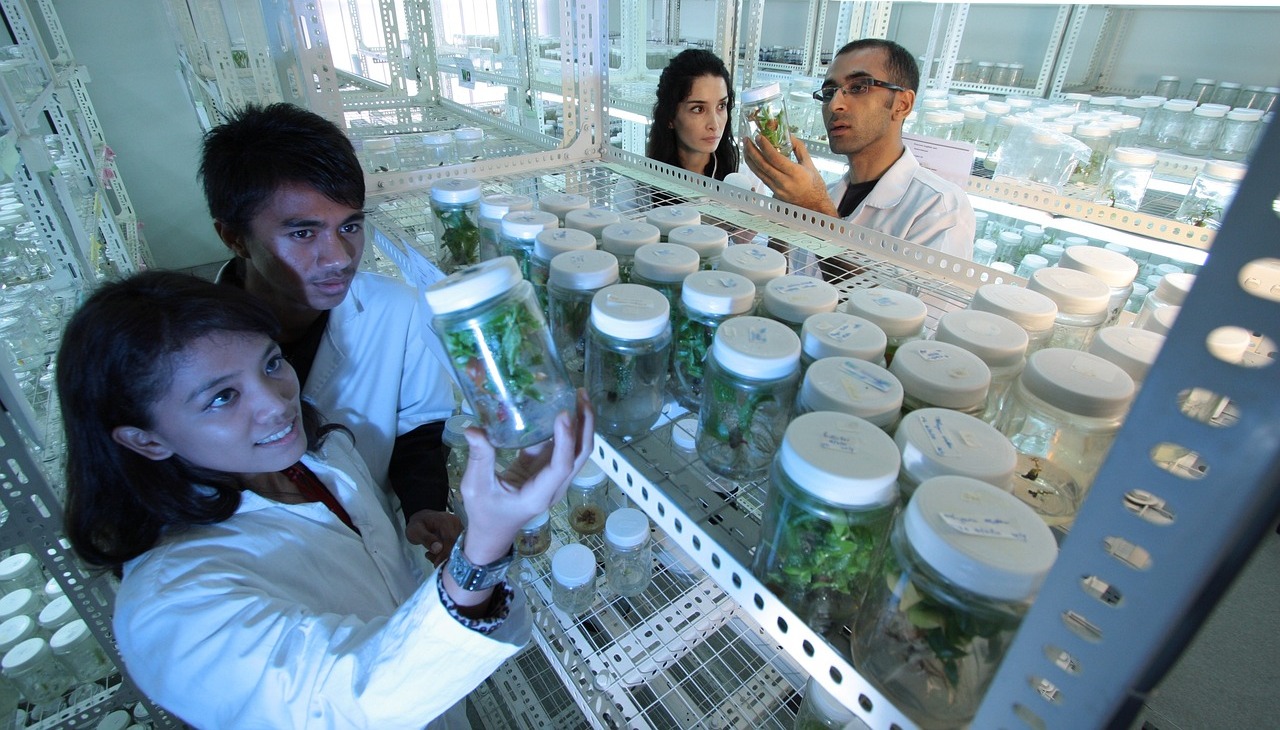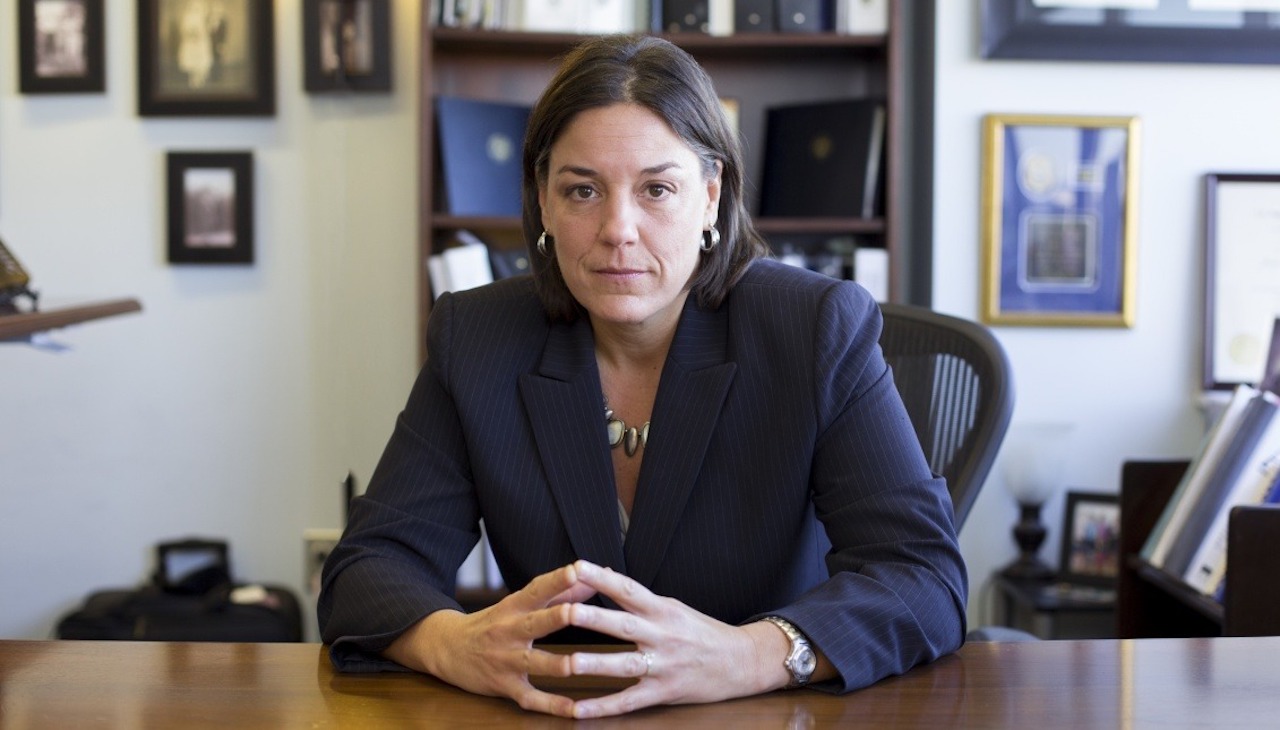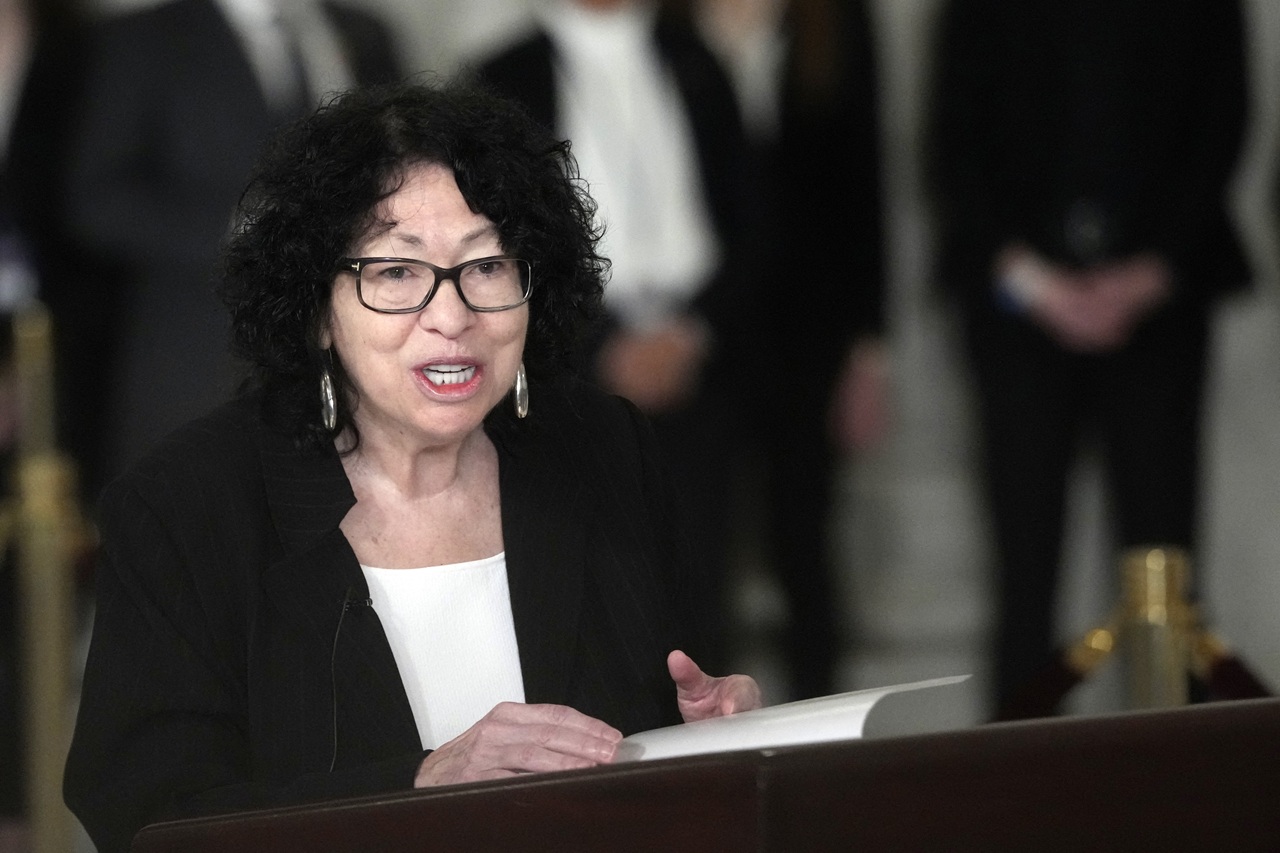
New study reveals that women scientists have less access to grants and funding
It analyzed data from 55 studies on fellowships awarded between 2005 and 2020.
Karen Schmaling, a professor of psychology at Washington State University in Vancouver, and Stephen Gallo, from the American Institute of Biological Sciences, authors of the ‘Gender differences in peer reviewed grant applications, awards, and amounts: a systematic review and meta-analysis,’ recently presented the results of this meta-analysis, which was published in the Research Integrity and Peer Review journal.
After analyzing data from 55 studies on grants awarded between 2005 and 2020, Schmaling and Gallo concluded, among other things, that female scientists receive fewer fellowships and research grants than their male counterparts, posing an obstacle to career success for women scientists, and a serious problem for science.
The study highlights:
The proportions of women that applied for grants, re-applied, accepted awards, and accepted awards after reapplication were less than the proportion of eligible women.
Key Findings
The meta-analysis, which studied nearly 1.3 million applications worldwide, the majority in the United States and Europe, presents data that shows how underrepresented women are in scientific research.
Here are some of the main conclusions:
RELATED CONTENT
- Although in a first grant application, men and women receive similar funding, when women scientists apply for new grants to continue research, they are less likely to get it than men (9% less)
- Women made up only 30% of grant applicants
- Men tend to apply for more funding than women
- Female researchers receive substantially less funding than their peers: About 310,000 euros compared to 597,500 euros for men
“Women received smaller awards and fewer awards after re-applying, which may negatively affect continued scientific productivity. Greater transparency is needed to monitor and verify these data globally,” points out the study.

What About the United States?
“This study’s objective was to conduct a systematic review and meta-analysis to address the question of gender differences in grant award acceptance rates and reapplication award acceptance rates (potential bias in peer review outcomes) and other grant outcomes,” noted the authors.
Schmaling and Gallo highlighted several examples that took place in the U.S., where in two of the studies analyzed, although men and women requested the same amount of help, female researchers received less support, a dynamic they denounced, is quite common.
The U.S. ranks 53rd out of 153 countries in the ranking designed to measure gender equality, warn the authors while pointing out the need to reform the system for granting aid, especially in key aspects, such as the composition of the committees or courts that grant them, as well as the procedures for approving the applications.
“Many funding agencies look at what are called 'bibliometric measures' of a person's success, such as the number of articles they have published and how many people have cited those articles. But these measures are deeply biased and flawed, and do not necessarily reflect differences in scientific excellence. If we want real change, especially in the United States, we need to think about being more encouraging and giving more opportunities to young women scientists,” highlighted the authors through a Forbes report.










LEAVE A COMMENT: